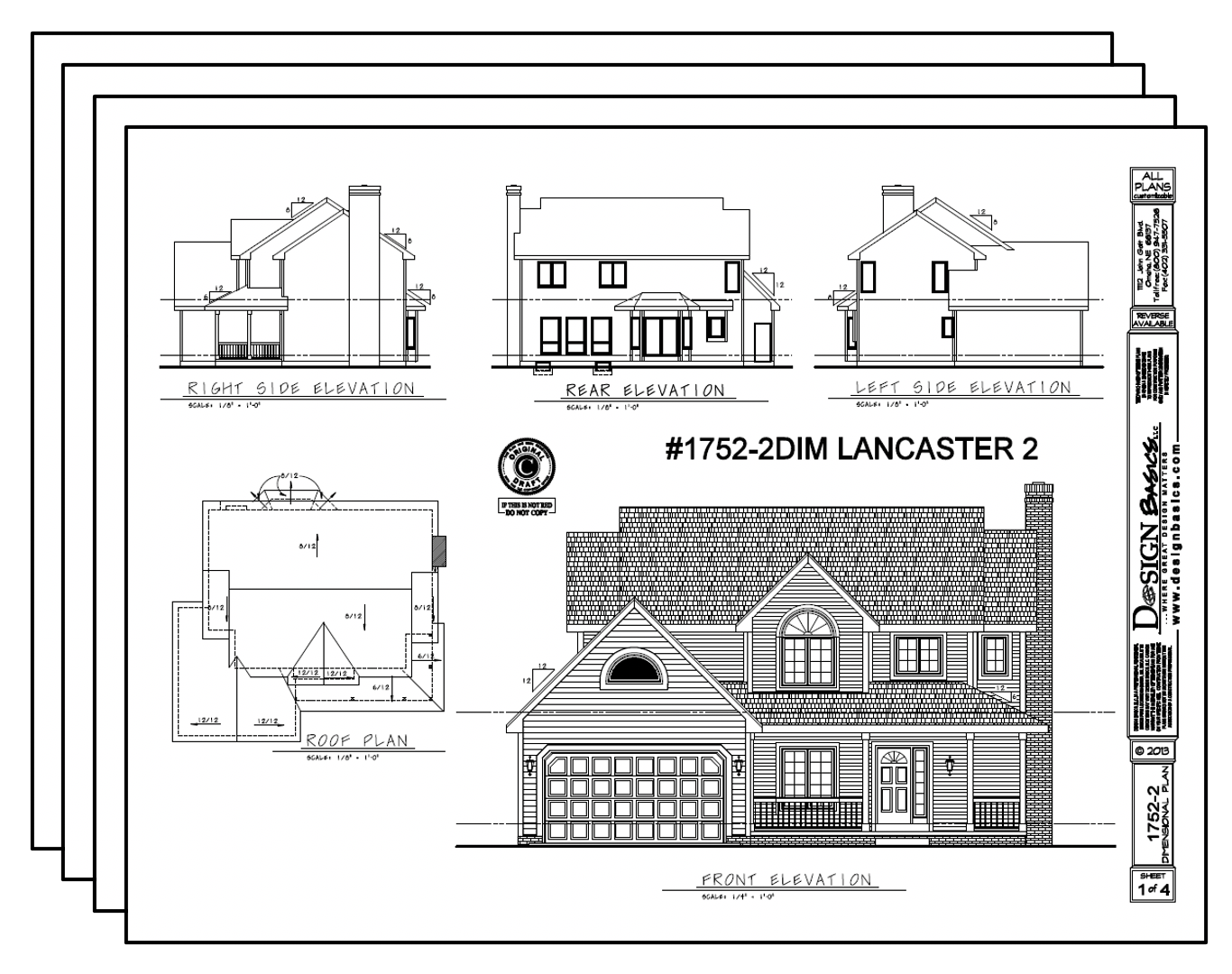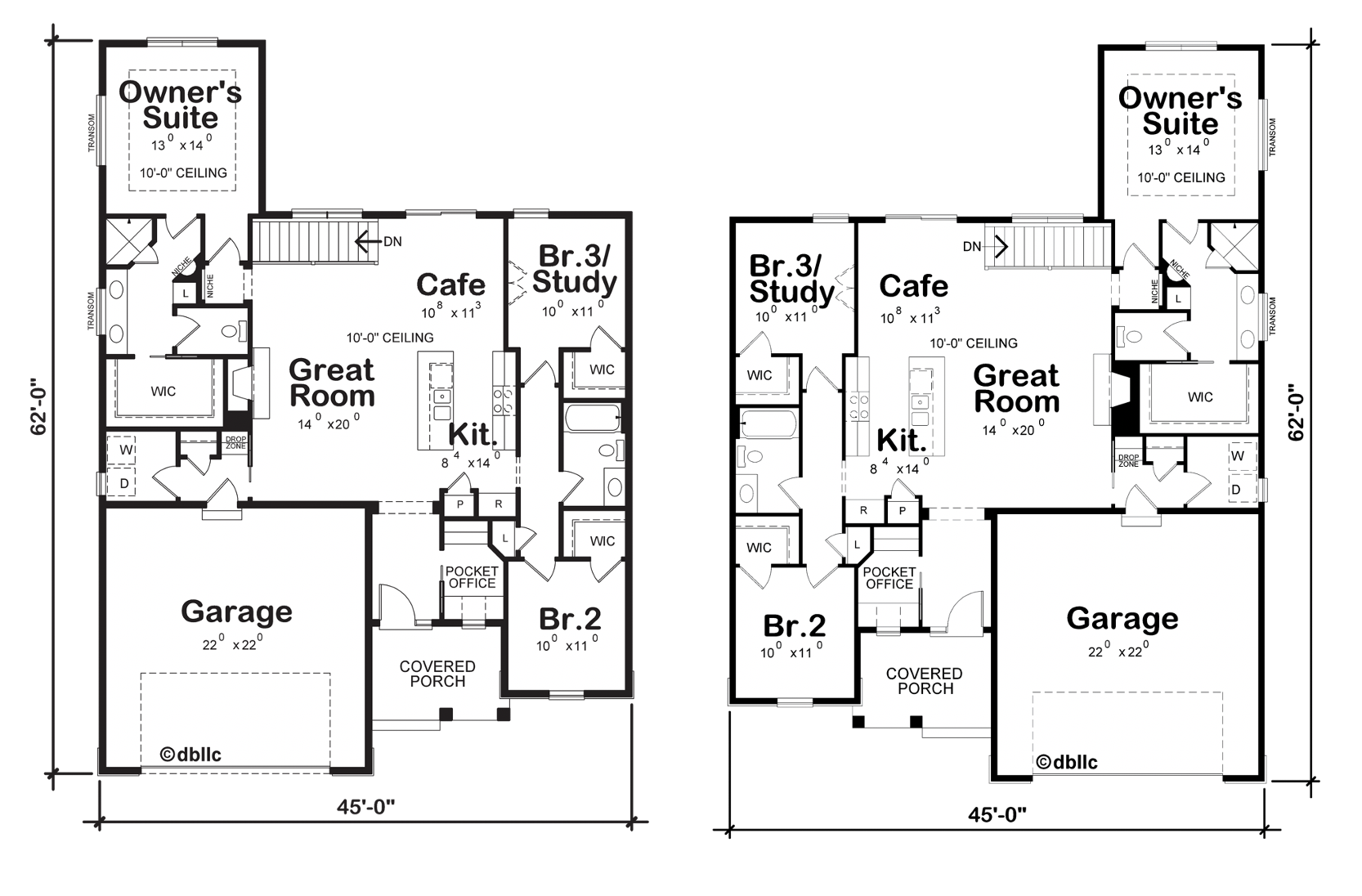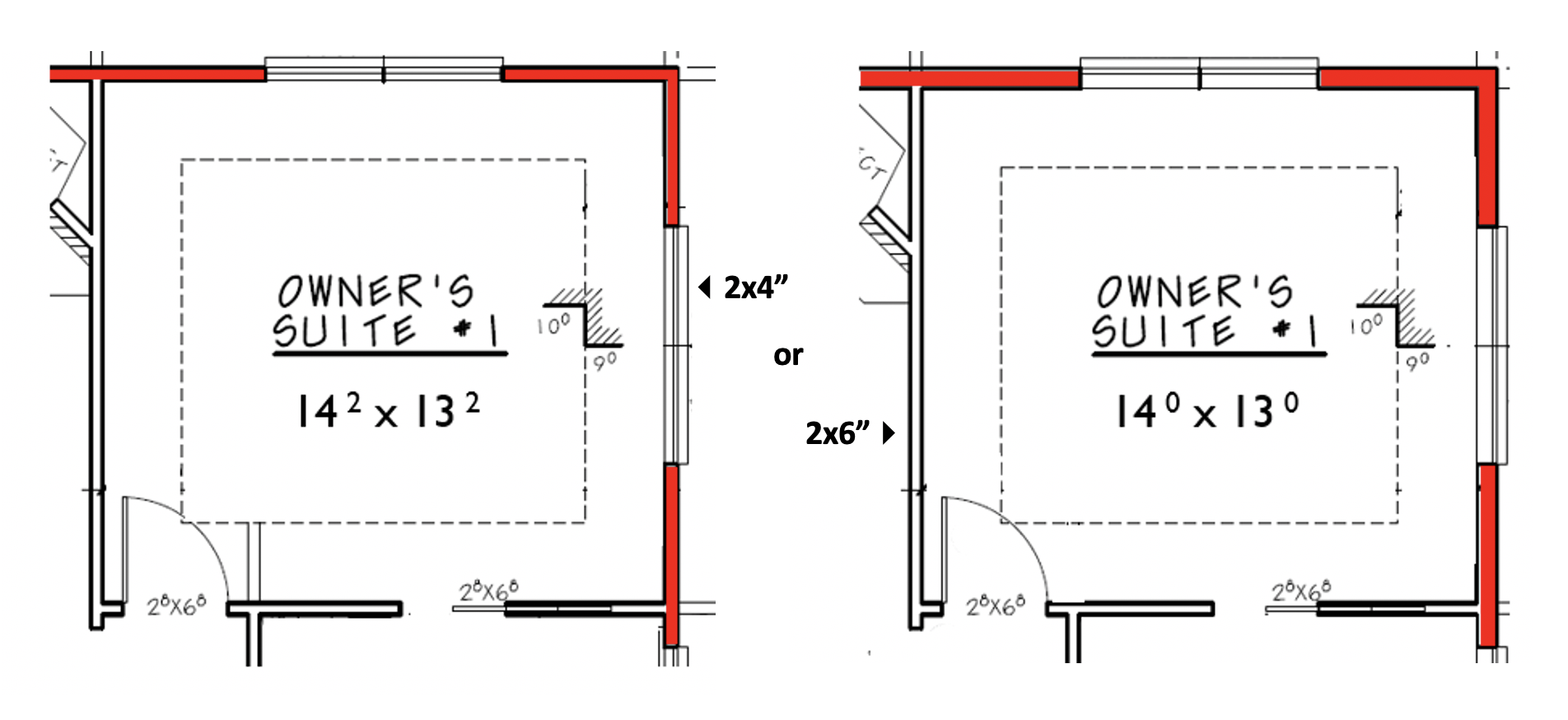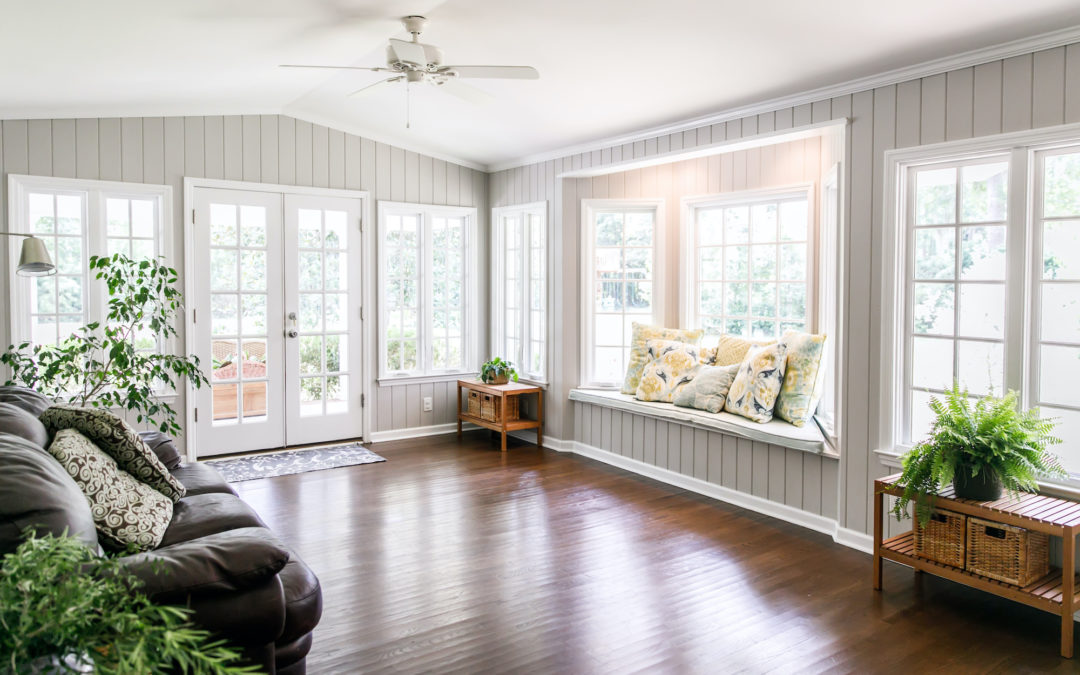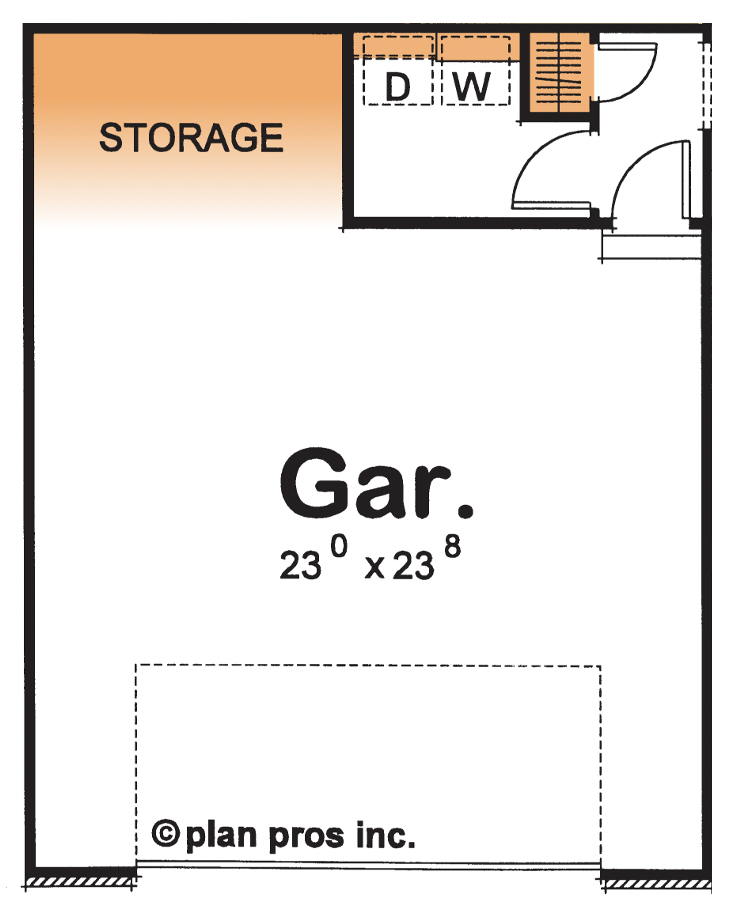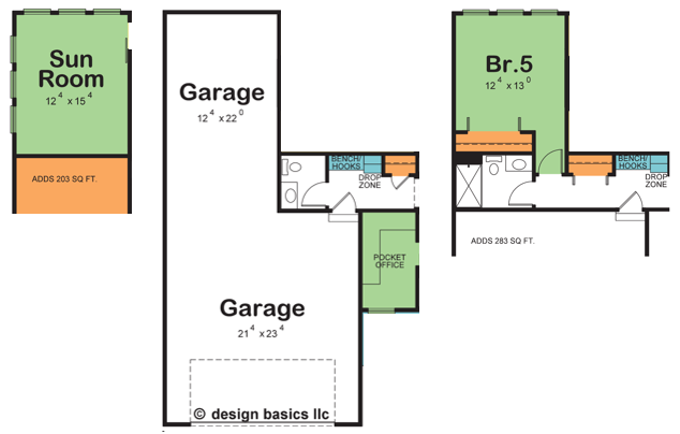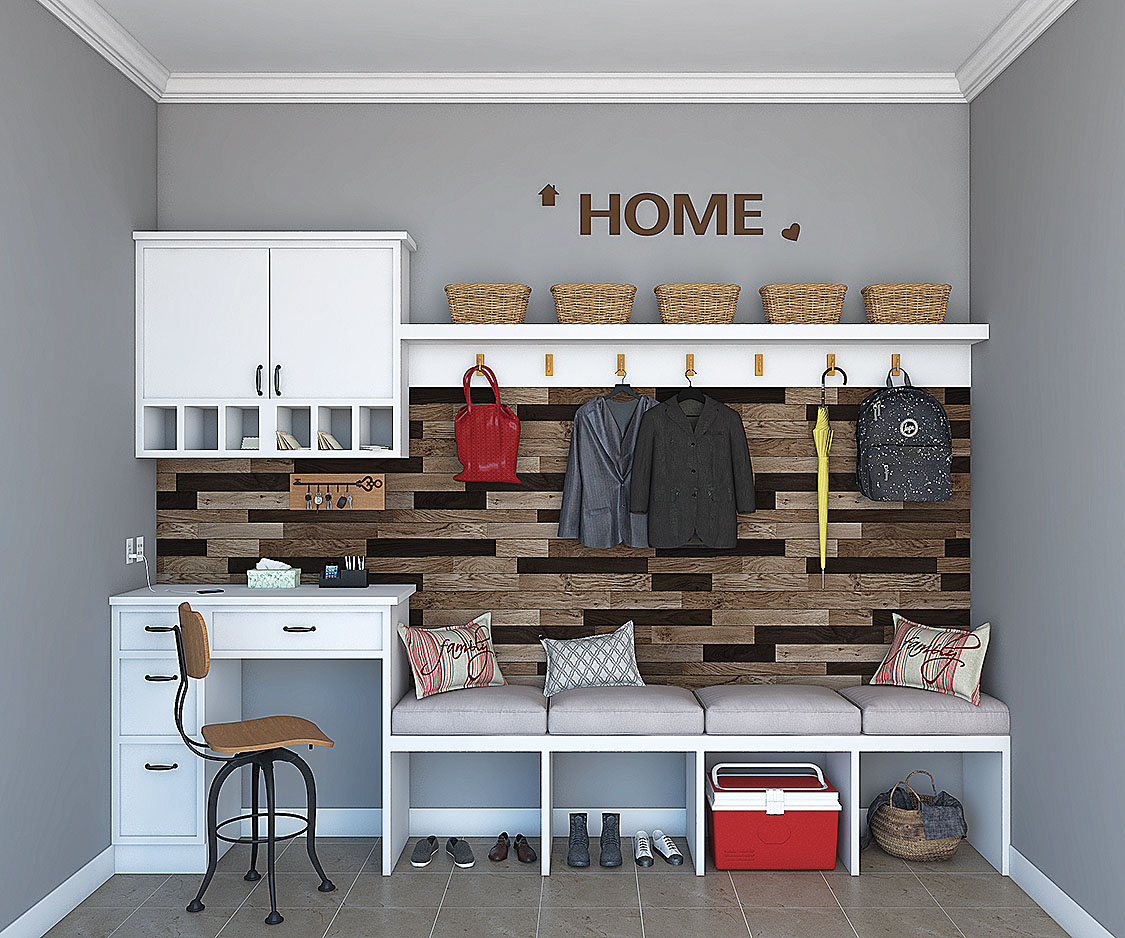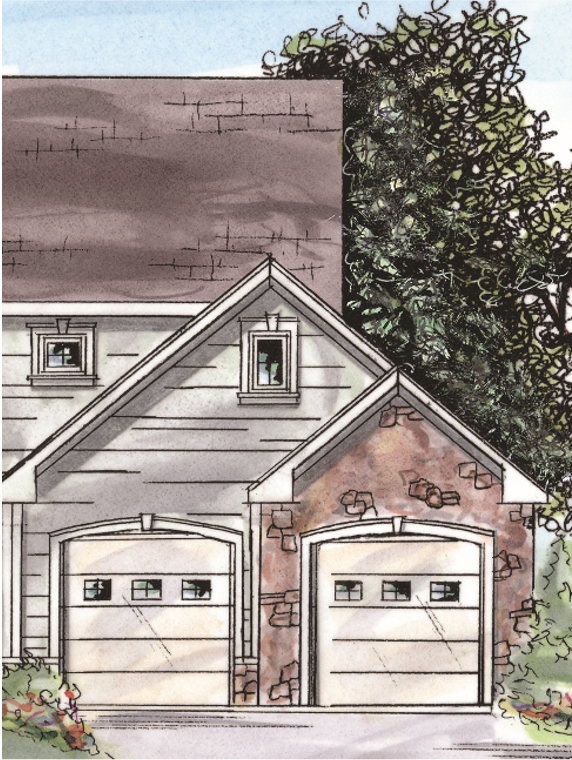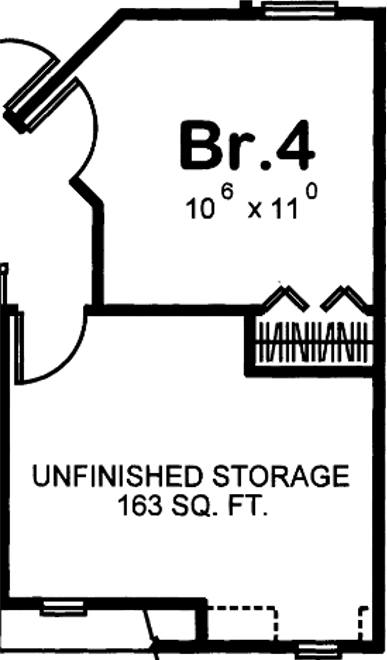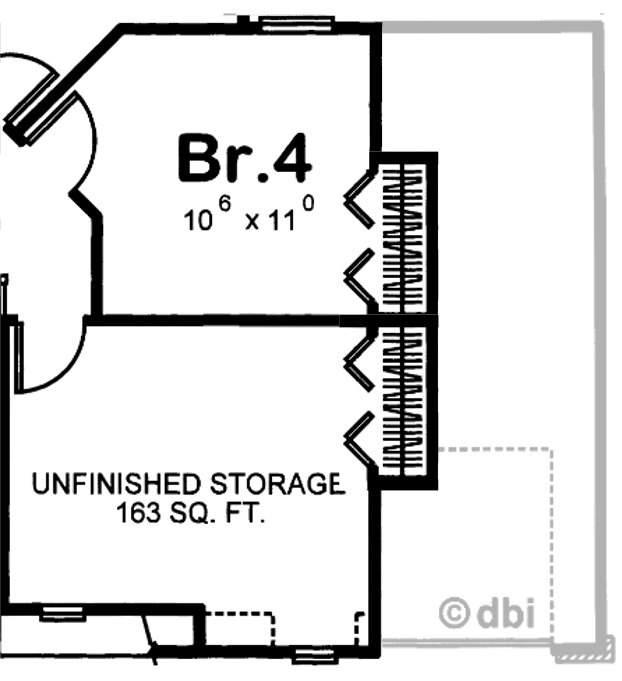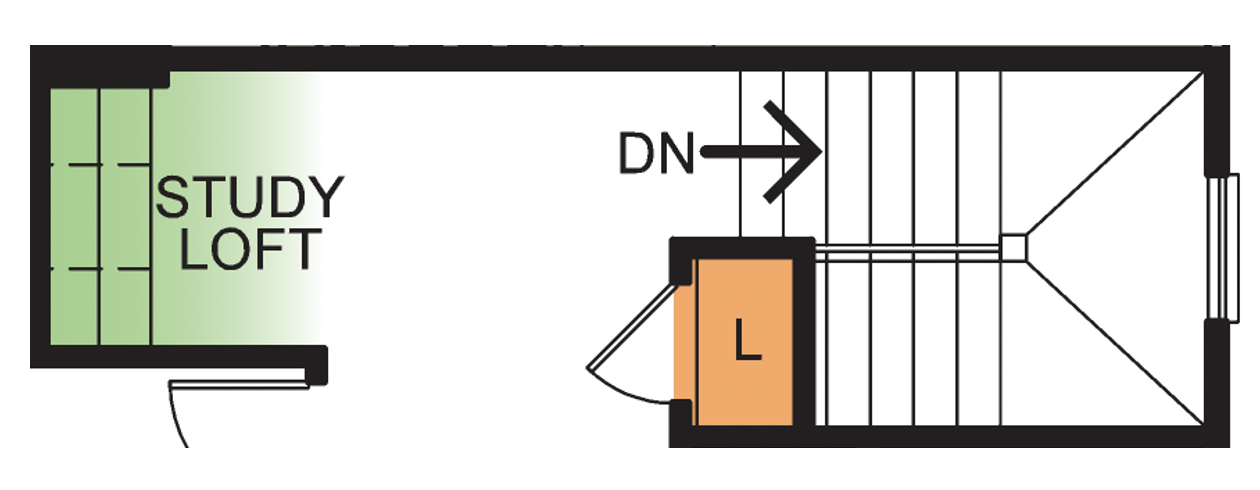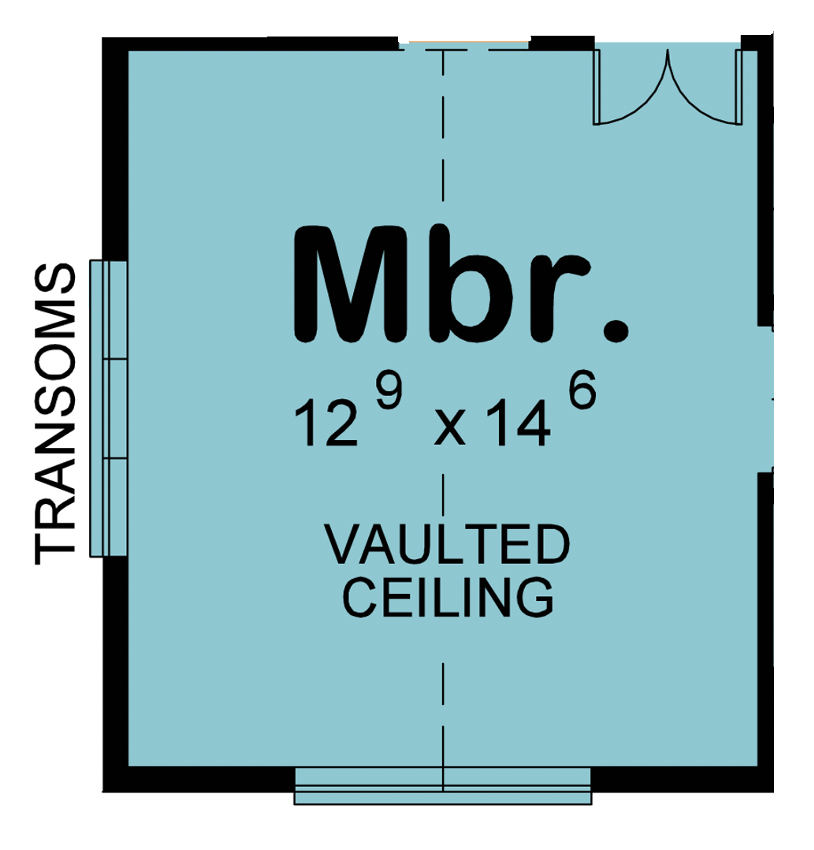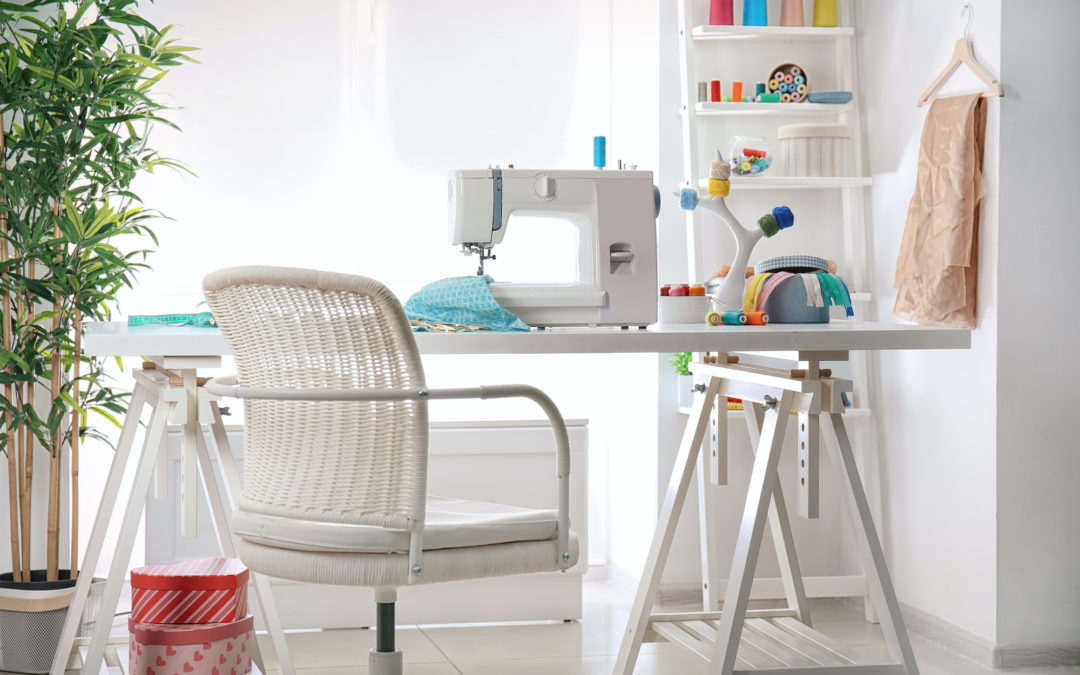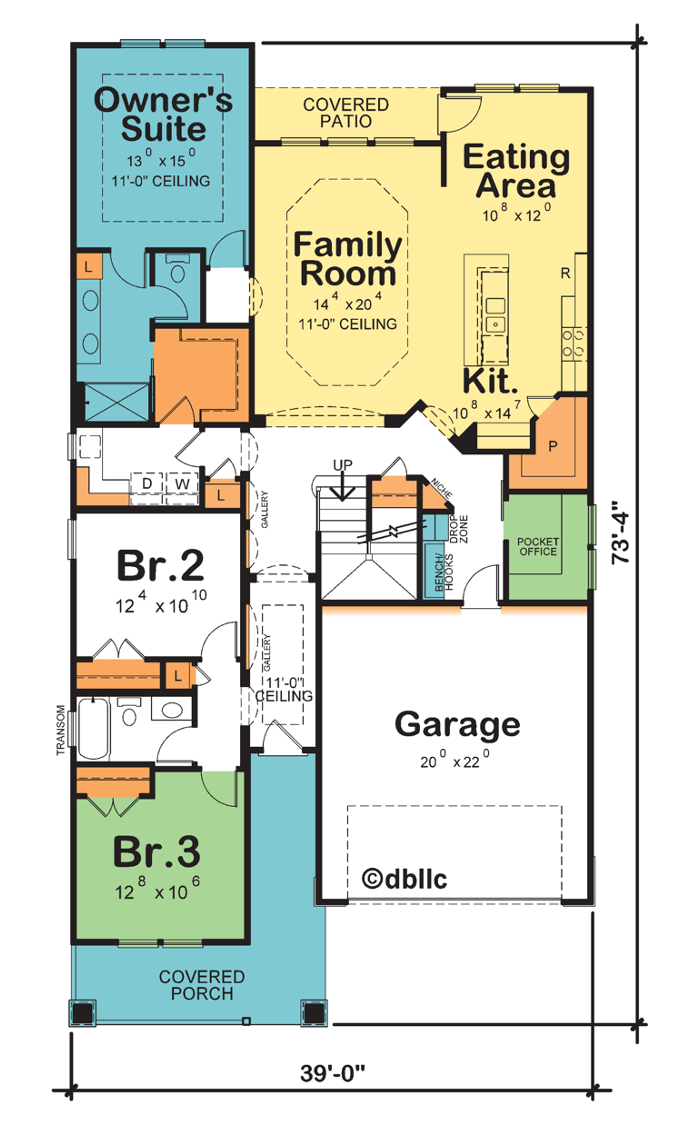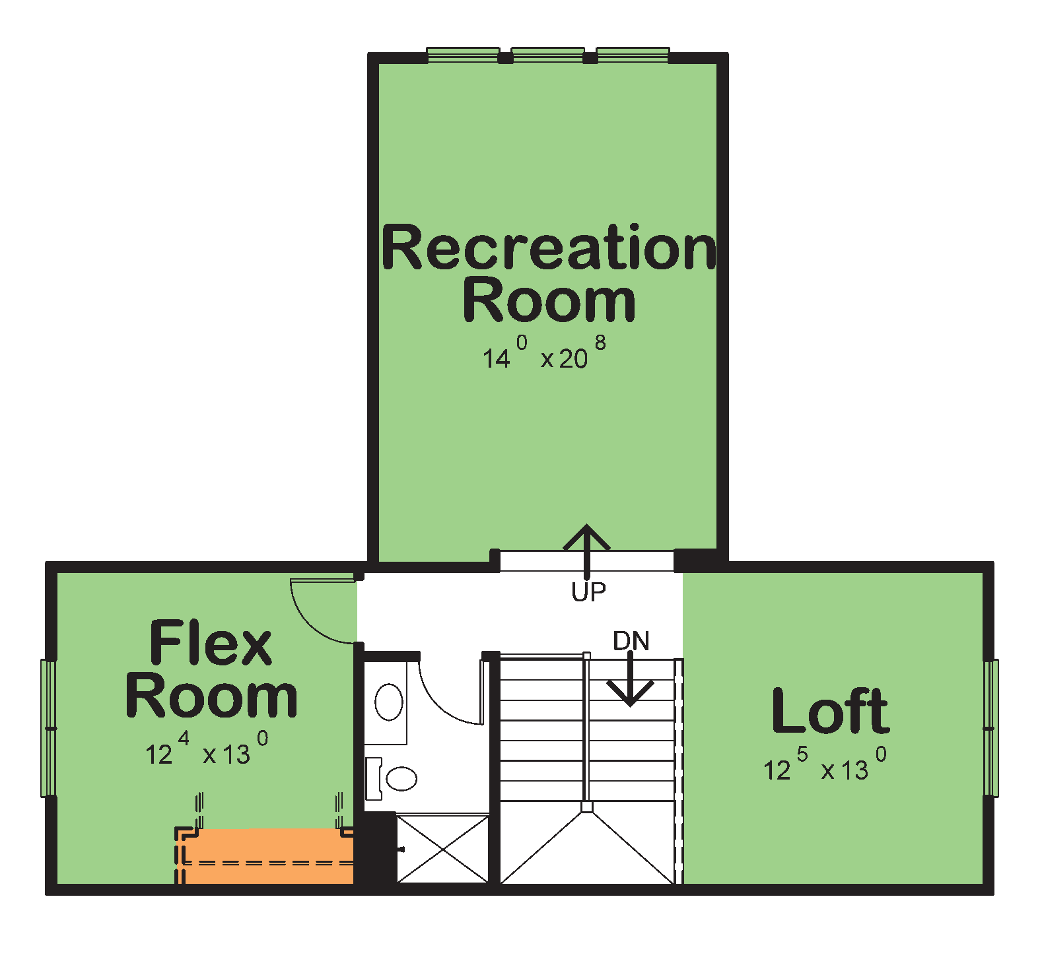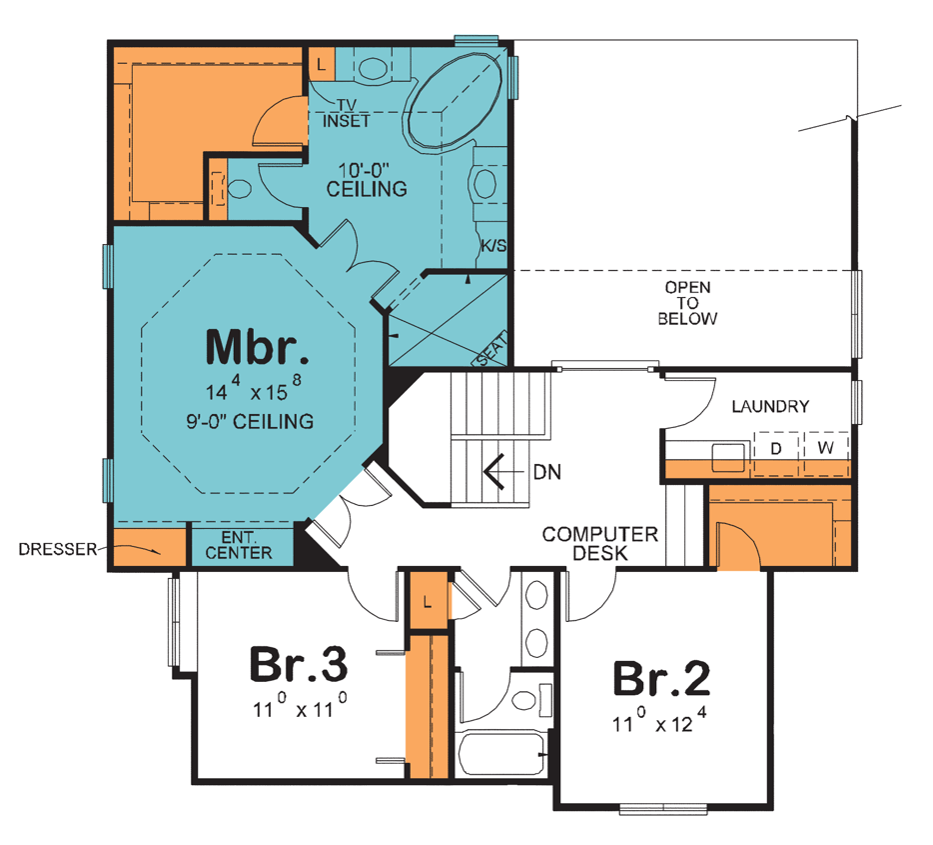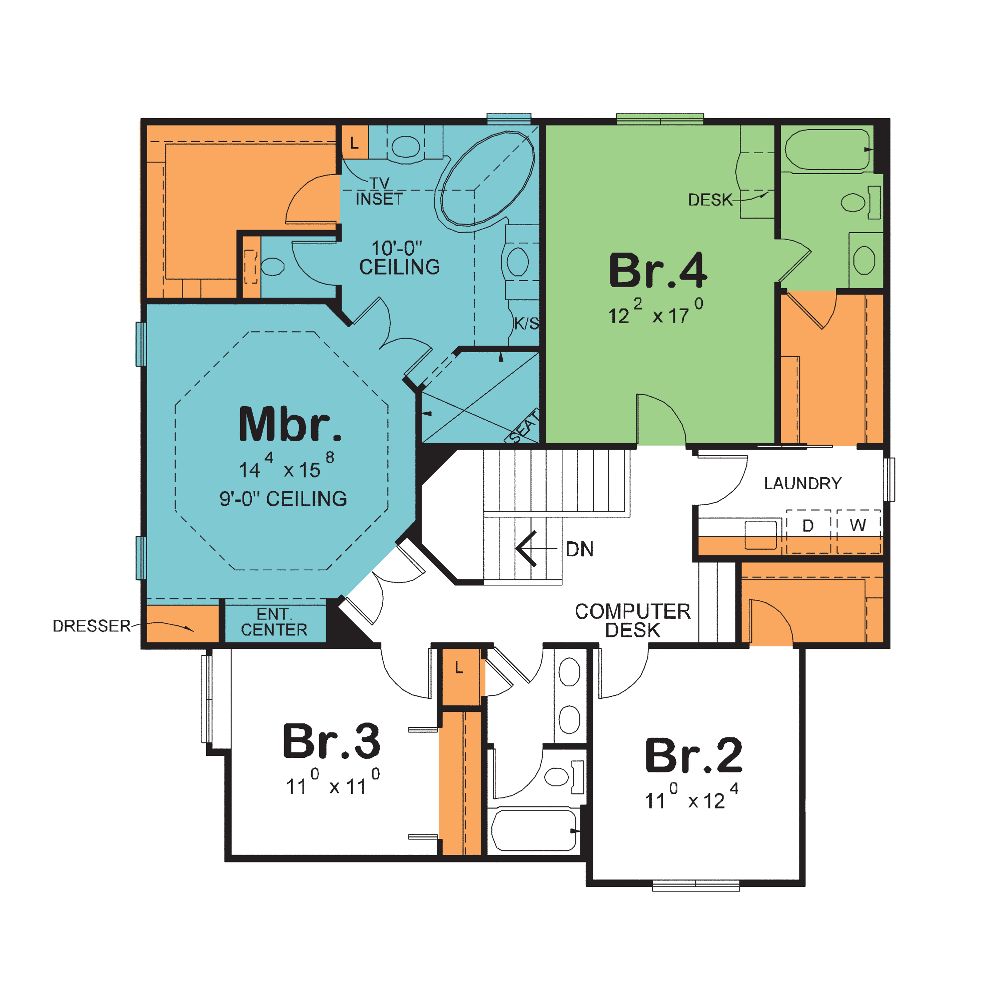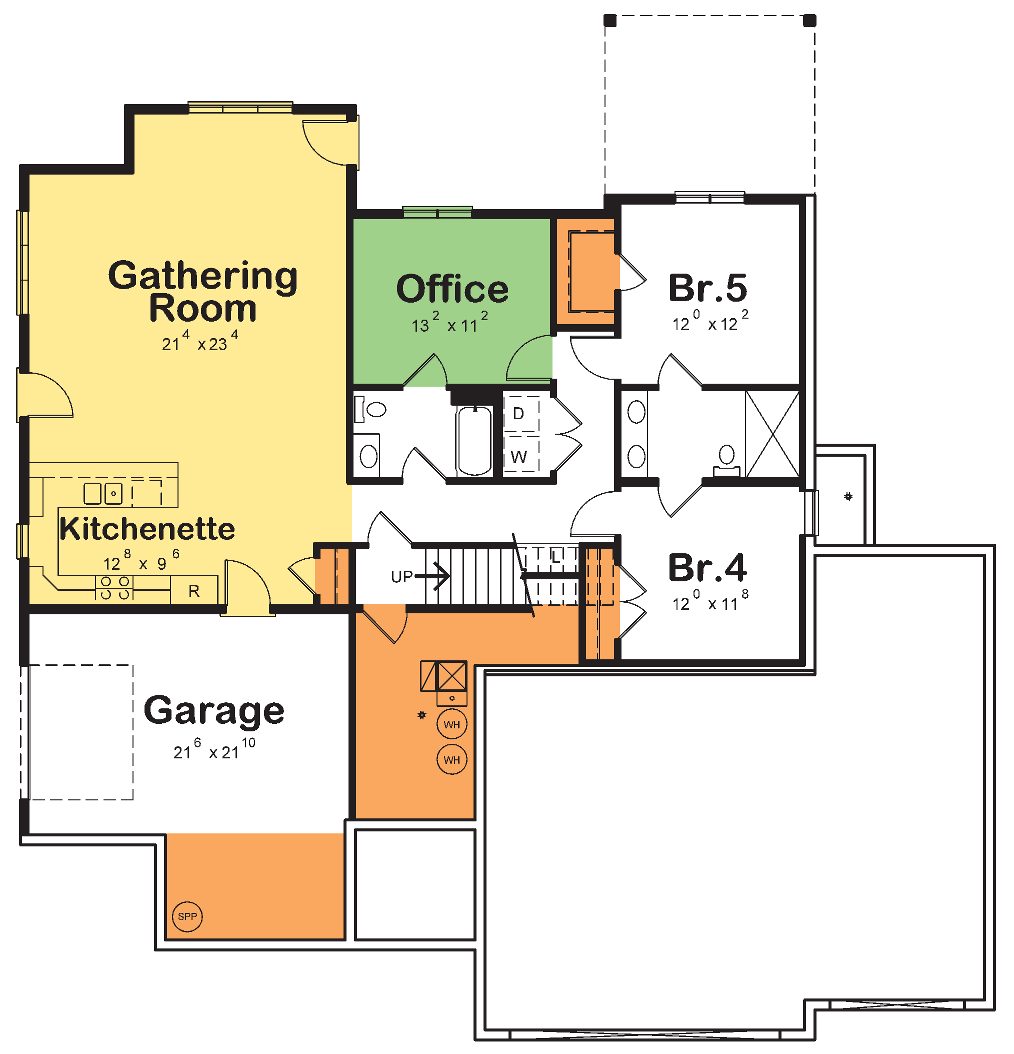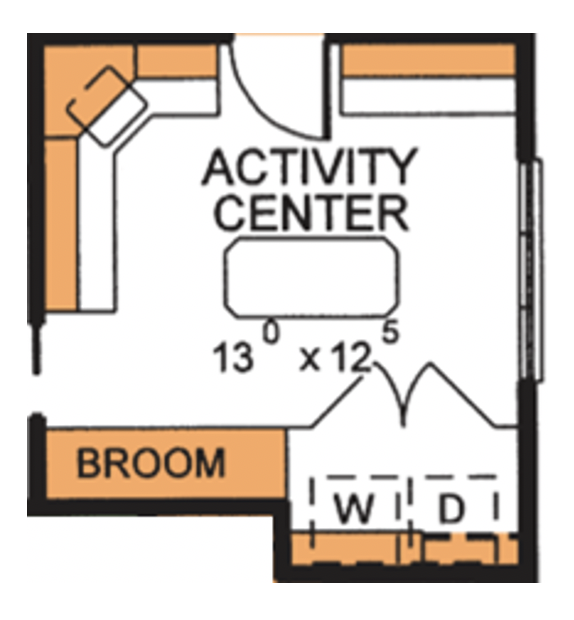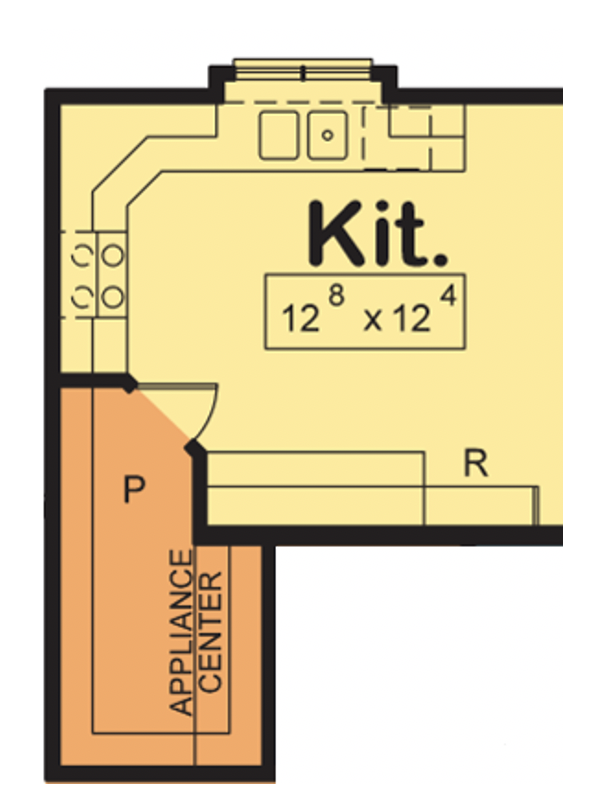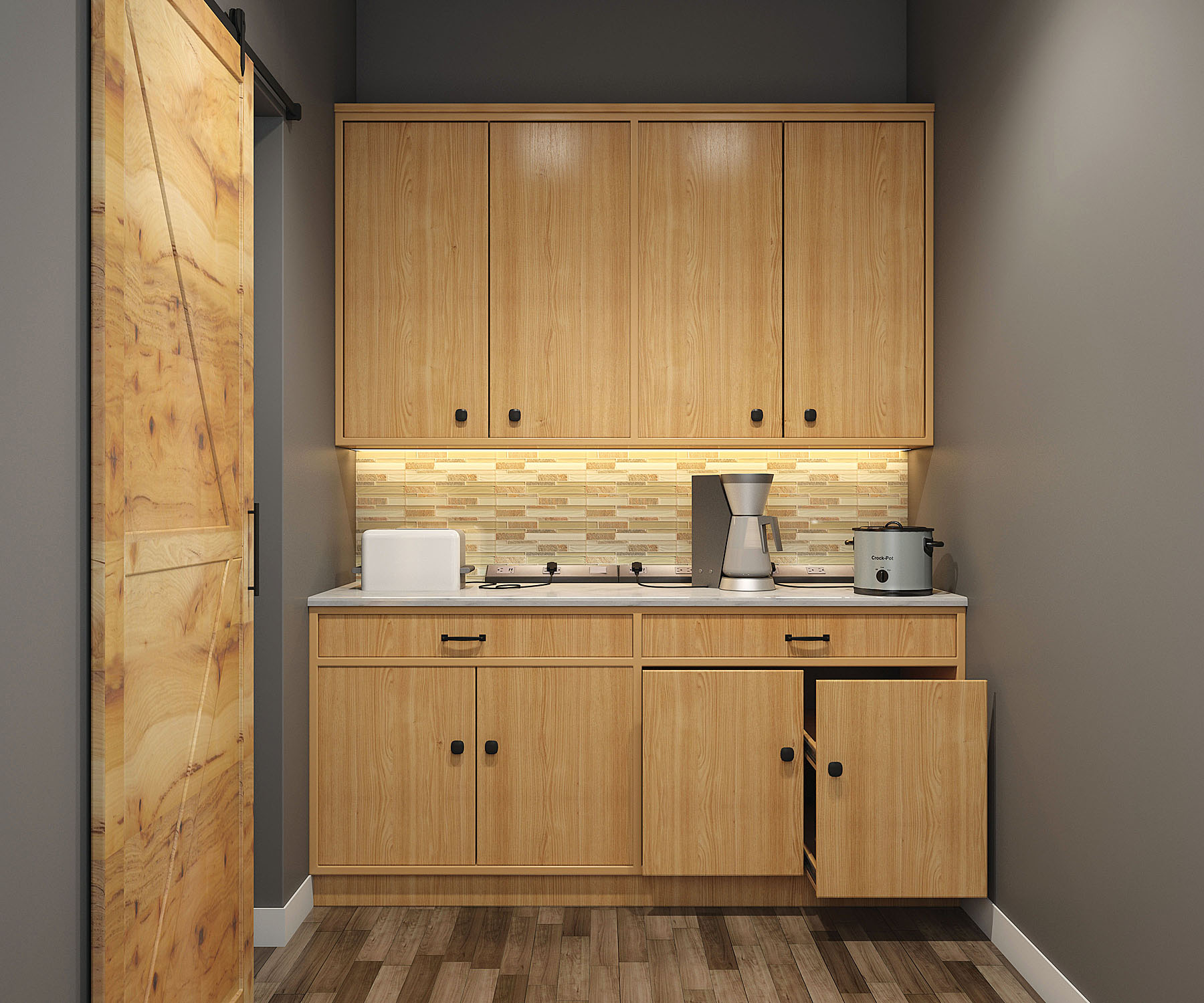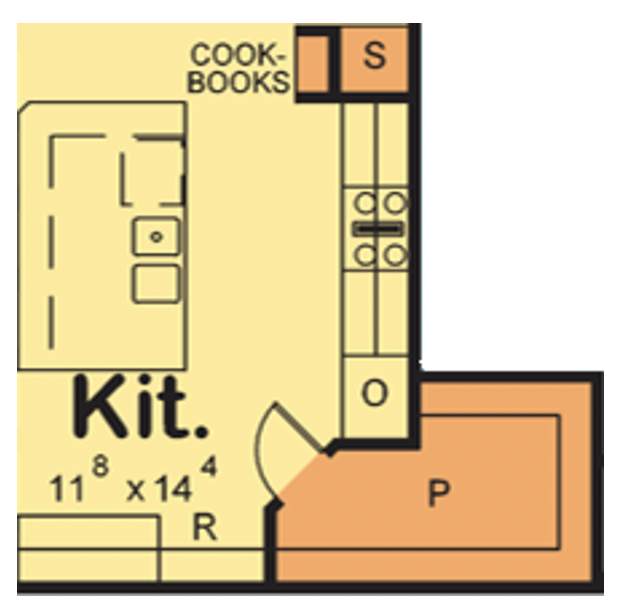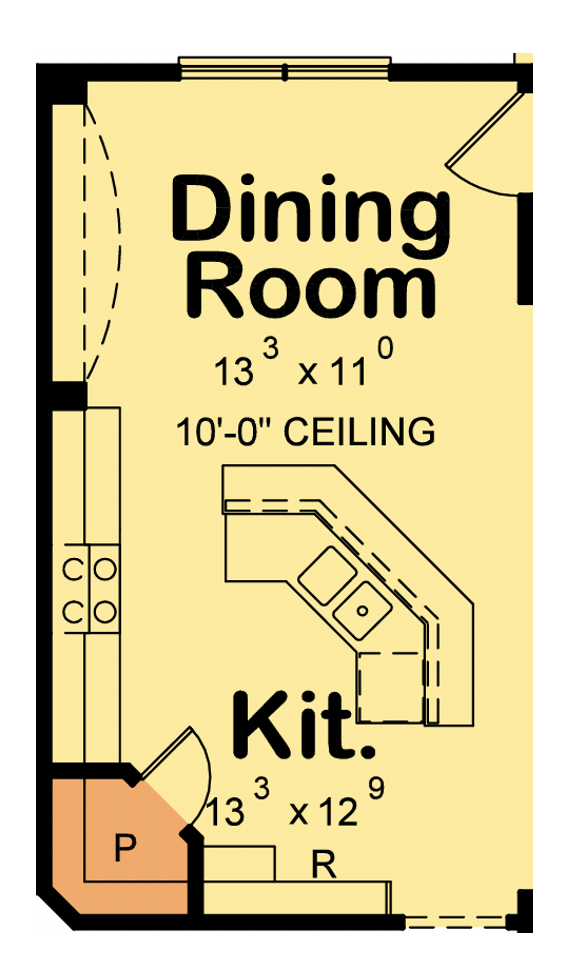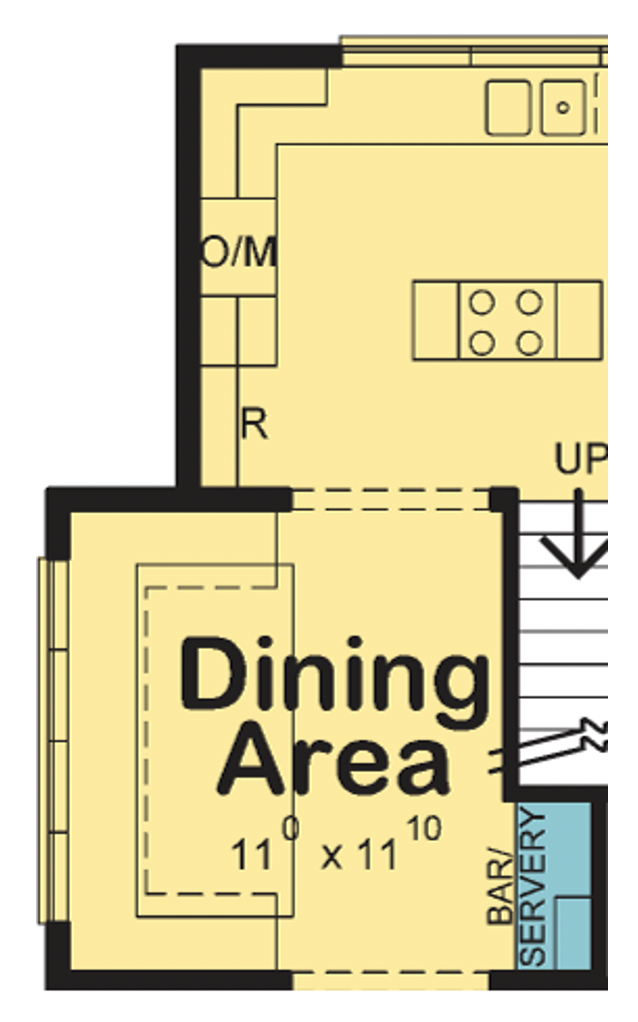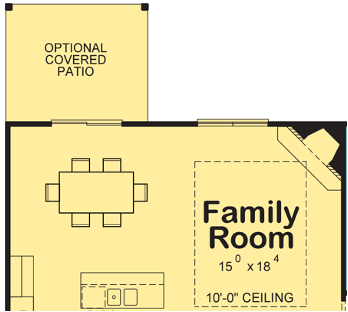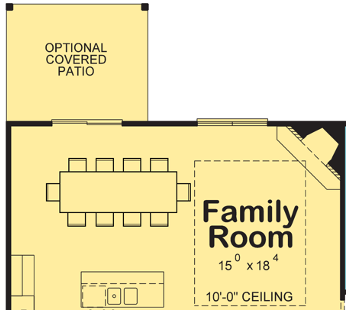
Top 5 Online Home Plan Problems and Solutions – Problem #2: Will I be able to build a home from the plans I receive?
Building Codes. Designed to comply with local codes at the time they were designed, the home plans you see online usually are not warranted to comply with your specific code requirements. Residential building codes vary by jurisdiction and have evolved over time. Though efforts have been made to establish more uniform codes, you need to know what portion(s) of which specific codes have been adopted for where you will be building.
It’s a good idea to check with your local building department to determine what is required of your home plans. Then talk with the company you would be ordering the plans from to find out if the plans include what your jurisdiction requires. Most, but not all, residential design companies will allow you to have modifications made locally, for compliance with local building codes. You may need to have home plans ordered from Design Basics modified locally to comply with your local codes and conditions. This is allowed under the license you receive, but not a service offered by Design Basics.
Design Basics offers lower-cost “Dimensional Plan” versions of our plans for customers who must have the home plans redrawn locally to meet the specific building code requirements of their jurisdiction. The Dimensional Plan is a fully dimensioned CAD-file for your architect or drafting staff/service, saving considerable time over starting from scratch to re-draw the plan. Includes:
- Design Basics’ federal Copyright and Construction License
- Scale front, side, and rear elevations
- Fully dimensioned ¼” scale floor plans
- Fully dimensioned ¼” scale foundation plan
- Roof plan (aerial pitches of the roof)
- NO structural information is included.
Some jurisdictions require an engineer’s stamp on home plans. Again, find out from your building department whether an engineer’s stamp is required on the plans for your home. Online home plans do not carry an engineer’s stamp, as that would likely have to be for a specific home site. As with building codes, most residential design companies will allow you to have any additional required engineering done locally and any corresponding modifications made to their plans. Sometimes this depends on the size of the home (e.g., an engineer’s stamp might be required on homes 4,000 sq. ft. and above.) While Design Basics home plans are engineered, they are not stamped. If you will be working with a local engineer, you may want to order a Dimensional plan (see above). If you need engineer-stamped plans and do not have a local engineer to work with, Design Basics can refer you to a 3rd party engineering firm to get this done.
Some jurisdictions require an architect’s seal on home plans. Though rarer (except in Nevada) your building department may require an architect’s seal on the home plans. Online home plans do not carry an architect’s seal, as that would likely have to be for a specific home site. Again, most residential design companies will allow you to have the plans re-drawn by your architect and remain in compliance with copyright law. Having your architect re-draw a home plan based on a Design Basics plan is allowed under Design Basics Construction License. You may want to order a Dimensional plan (see box above).
The bottom line: Check with your local building department as to what’s required to be shown on home plans. Then you may want to contact the plan designer to discuss, in order to identify and arrange for any additional work that may be needed to build a home from the plans you order.
In our next post, we examine problem #3 – What about making changes to the plans?
For more resources on thoughtful design and products:
- View other articles on our blog
- Browse our Her Home™ Magazine
- Thoughtful Design Concepts

